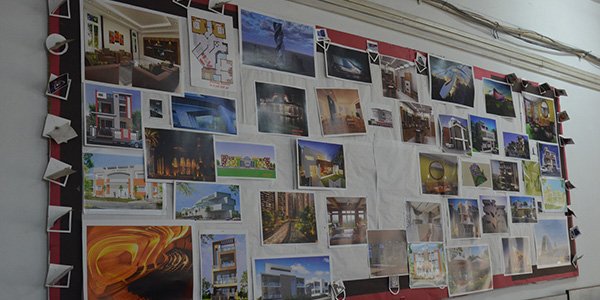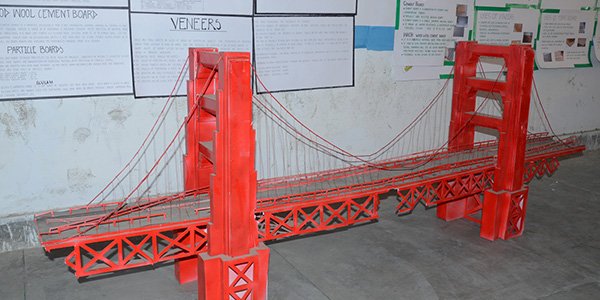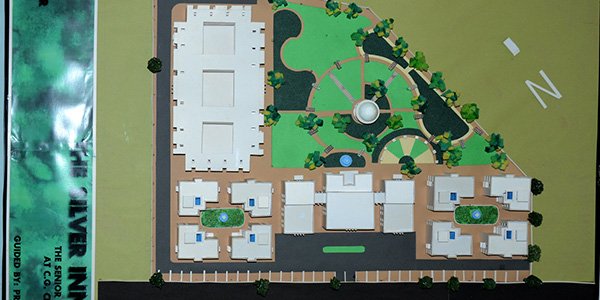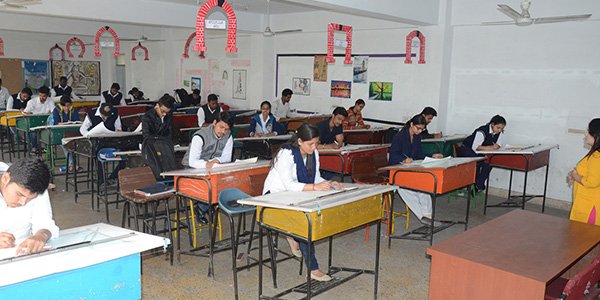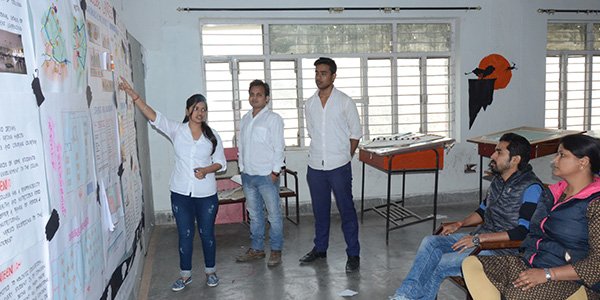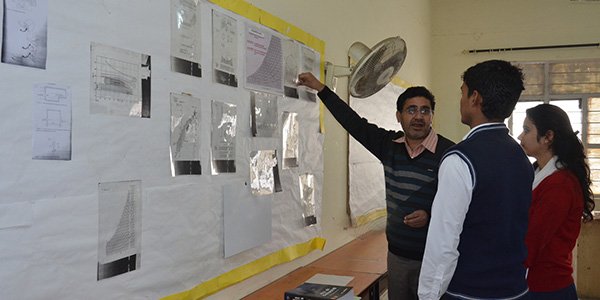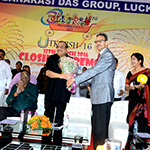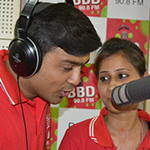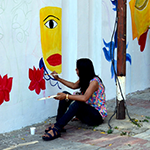Top Architecture, Planning, And Interior Design College In Lucknow, UP
WHY INTERIOR DESIGN
Interior Design requires an attitude of research and understanding of aspects of sociology, cultural anthropology and human behavior. From sketching, designing and arranging beautiful spaces to shopping for furniture and household accessories, there’s no shortage of excitement in an interior design career. Interior design deals with projects which are not only large but are very complex in nature. A well-designed Interior space can have a positive impact not only on individual or a group, But It can have an impact on a society at large. A job in this field can provide opportunities to travel and work with a variety of people.
Interior designer is more than a face with an eye for beauty. Interior designers must be able to manage people, budgets and client relationships.
In the school we do not only teach interior design but encourage every young generation to access and nurture their own natural sense of flair and creativity, thus achieving practical skills necessary to translate those design ideas into reality.
A good eye for design and aesthetics is a given for someone who is an interior designer at heart. The few traits that successful designers possess are:
- Communication skills to work effectively with teams of engineers, architects and builders.
- Technical skills to use complex drawing software and read blueprints.
- Flexibility to work non-traditional hours and travel to design sites to meet with clients.
- Detail and precision skills for measuring spaces and creating drawings.
- Troubleshooting skills to minimize schedule delays and budgeting issues.
The curricular structure divides the 5 – Year (10 – Semester) B. Arch. Program into two levels – Basic Level (six semesters) and Advance Level (four semesters). This is as envisaged in the Council of Architecture Guidelines.
Course Details
| School Name: | School of Architecture and Planning |
| Course Length: | 4 Years / 3 years (Lateral Entry) |
| Session Start Date: | August |
| Course Type: | Full Time |
| Eligibility Criteria: | 10+2 or equivalent examination with a minimum of 45% marks in the aggregate. Relaxation in qualification shall be as per UGC/State Govt. norms.
For Lateral Entry: Candidates having Three Year Diploma from Institute recognized by Center/State Govt. in the field of Architecture/Interior Design/ Interior Design & Decoration, Civil Engineering with 45% marks in aggregate. |
| Programme Fee: | Rs. 40,000/- Per Semester |
| Syllabus | Click here to download |
| Program Outcomes | |
|---|---|
| PO1 | Field Knowledge: Apply the knowledge of Architectural Design, Drawing, Art, Sculpting, Crafts, structural dynamics and statics fundamentals and Laws pertaining to building byelaws and services required in simple and complex building projects, Economical aspects and an architectural specialization to the solution of complex architectural problems. |
| PO2 | Problem Analysis: Conducting case and literature studies and analyze complex architectural problems reaching substantiated conclusions using principles of Architectural design, process of designing (case and literature study, research and conceptualization of designs). |
| PO3 | Design / Development of Solutions: Establishing solutions for complex architectural problems and functional components or spatial arrangements that meet the specified needs and wants with appropriate consideration for the public amenities, services, health and safety and the cultural, societal and environmental considerations . |
| PO4 | Conduct Investigations of Complex problems: Use of research based knowledge and research methods including methodology, analysis and interpretation of data, and synthesis of the information to provide valid conclusions. |
| PO5 | Modern Tool Usage: Application of appropriate techniques, resources and modern architectural tools including BIM and CADD oriented modeling to complex architectural, structural and construction activities with an understanding of its advantages and disadvantages . |
| PO6 | The Architect, Planner and Society: Application of contextual knowledge to assess societal, health, safety, legal and cultural issues and the consequent drafting of proposals relevant to the professional practice. |
| PO7 | Environment and Sustainability: Understanding the impact of the professional field solutions in societal and environmental context and demonstrate the need for sustainable development and applying the same thereof. |
| PO8 | Ethics: Apply ethical principles and commit to professional ethics and responsibilities and norms of the professional practice, as prescribed and regulated by regulatory bodies. |
| PO9 | Individual and Team Work: To effectively function as a professional individual and as a member or team leader in diverse situations and in multidisciplinary settings. |
| PO10 | Communication: To communicate effectively with the professional community and stake holders and with society at large. Be able to comprehend and write effective reports documentation. |
| PO11 | Project management and finance: To demonstrate knowledge and understanding of profession, and management principles and apply these to practice to one’s own work, as a member and leader in a team and to manage projects in multidisciplinary environments. |
| PO12 | Life-long learning: To recognize the need for learning and develop an ability and skill to engage in a learning process in the broadest context of technological change in professional and technological realm. |
| Program Specific Outcomes | |
|---|---|
| PSO1 | Apply the fundamental concepts of Interior Designing to design a variety of interior spaces for providing meaningful and functional yet aesthetic spaces for public and private purposes. |
| PSO2 | Select and apply cutting-edge techniques and software’s used in the field of interior design. |


